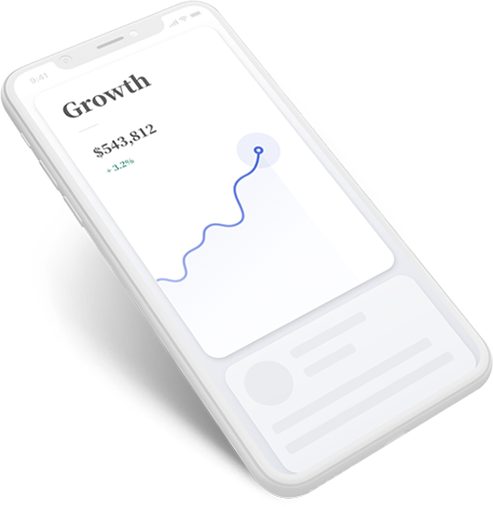I love Roth IRAs. In fact, with Halloween right around the corner, I wish I could give them out as candy to kids that come to my door.
Though there are often a lot of questions (and debates) around the best ways to save for retirement and whether Roth (after-tax) or Traditional (pre-tax) retirement accounts are better, there is no doubt that having a mix of both taxable and tax-free accounts can be a good thing. In this blog, we’ll explain how you may be able to achieve Roth tax benefits that you thought were inaccessible.
If you find yourself in these two situations, then this blog is for you:
- You don’t have access to an employer-sponsored plan that offers a Roth option
- You make over the federal income limits to be able to contribute directly to a Roth IRA ($118k for single filers or $186k for married filing jointly).
These situations mean that you can’t directly contribute to a Roth IRA. Therefore, you might think you have no choice other than a Traditional IRA. That is of course unless you know about an often overlooked “loophole” called the Backdoor Roth IRA conversion.
In its simplest form, a Backdoor Roth IRA conversion is this:
You contribute to a traditional IRA or non-deductible IRA and immediately convert that into a Roth IRA as there are no income limit rules on conversions.
The benefit is that you will be able to build a tax-free nest egg for retirement.
You won’t be able to deduct any contributions to the Traditional IRA and you would also need to pay taxes on any earnings that are being converted that year. But, since ideally you would make that conversion a short time after your contribution, any tax on earnings would be negligible.
Moral of the Story:
If you are looking to diversify your tax allocation when you are over the federal income limit for direct Roth IRA contributions, the redheaded stepchild might become your favorite.
Converting a traditional IRA to a Roth IRA can be a really simple process, as long as you know what you’re doing and follow all of the rules. For more information on this and your situation, feel free to schedule a call with a Zoe Financial Planner – no cost, no obligation.
Note:
Traditional IRA – Not taxed up front, taxes are deferred, taxed on withdrawals
Non-deductible IRA – taxed up front, taxes are deferred, taxed on withdrawals
Roth IRA – taxed up front, taxes are deferred, tax-free withdrawals
If you enjoyed this post, check out Retirement Planning in a Bumpy Market!



Need an Advisor You Can Trust?
Connect with a vetted fiduciary, fee-only advisor and empower your future.